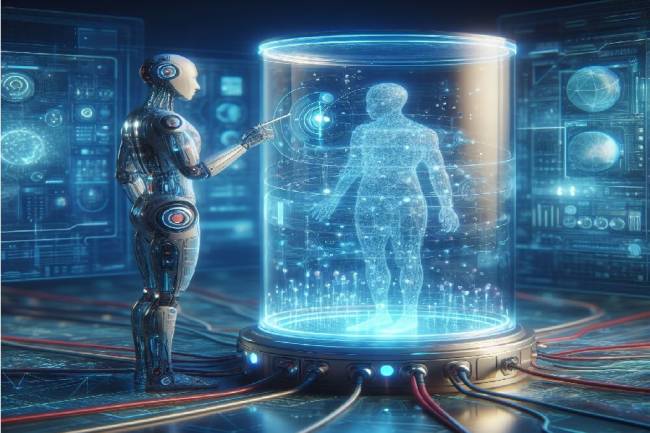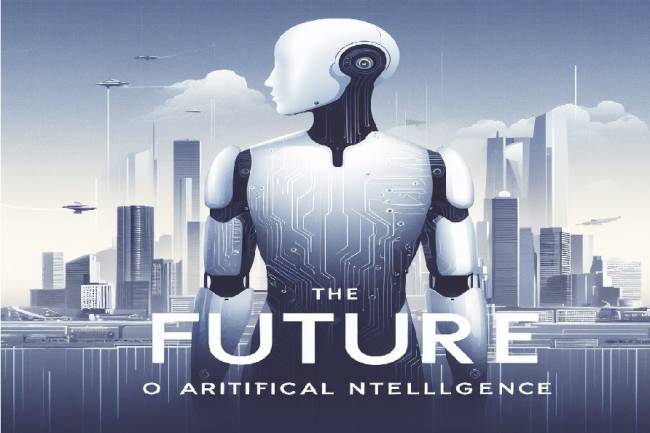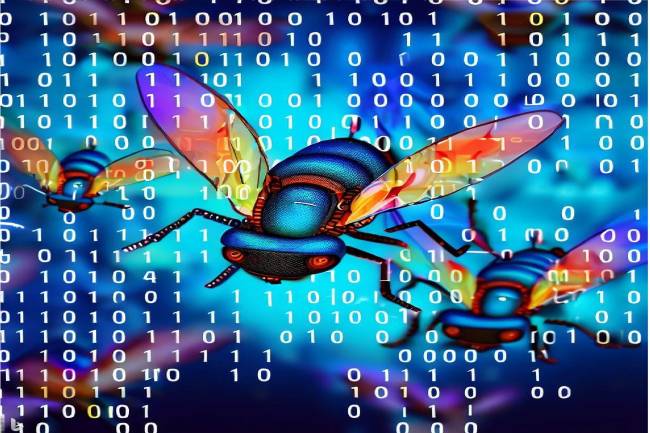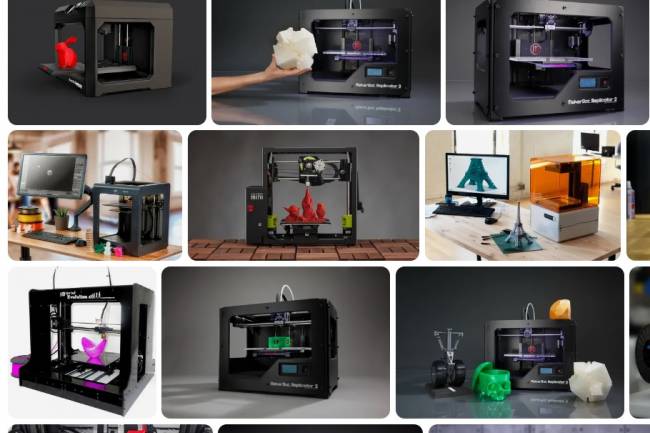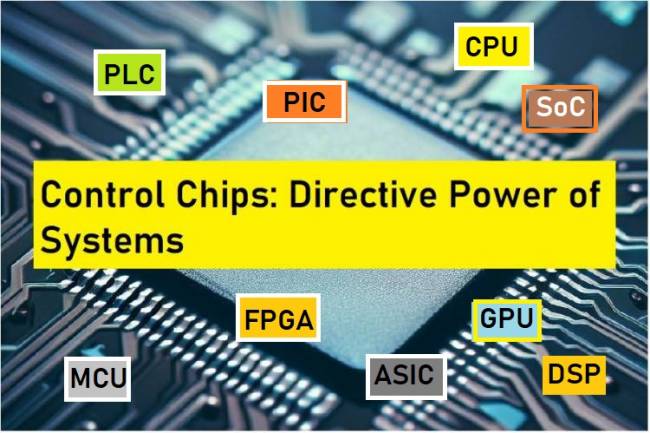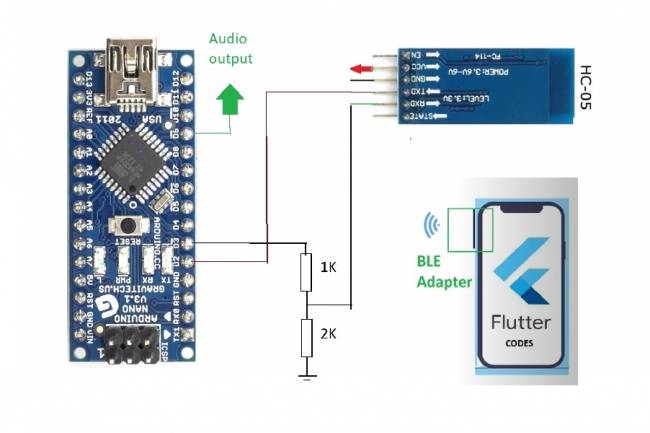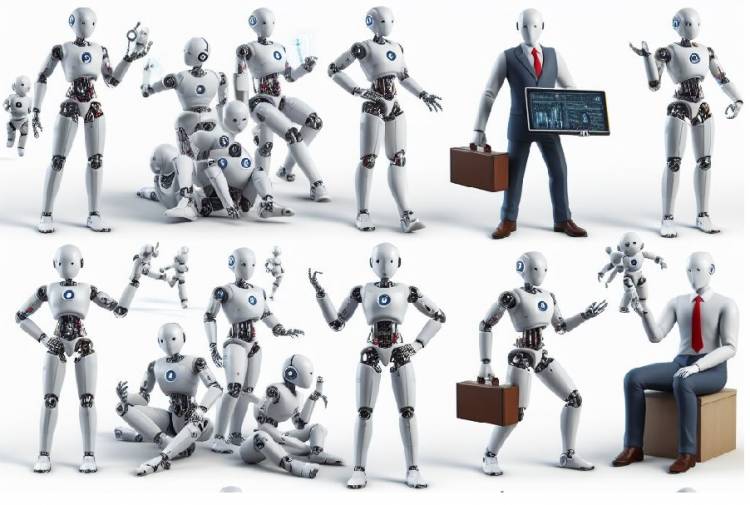
How humanized will humanoid robots become?
Developments in Humanoid Robot Technology
We started to hear news about robot technology very frequently. In order to better understand the developments in robotic technologies and make healthy predictions for the future, we first need to examine two things. The robot's artificial intelligence and mobility.
We can evaluate the robots of different companies according to these two criteria that show the sophistication of a robot.
The mobility of many robots is provided by different types of motors. These types of motors may often be insufficient for robots to move like humans. Because robots need to use many motors to perform every movement that a human can do.
It is also possible to use different technologies to give robots humanoid movement capabilities. Muscle components that resemble muscles in the human body can also be used. There are such developments in the field of biotechnology. It is possible to produce artificial muscles and adapt them to a robot.
Another way is to use hydraulic systems. When we design a robot whose mechanical parts consist of hydraulic systems, it creates slightly better movement capabilities than robots produced using motors.
Using either technique can work. In other words, it is possible to produce a robot using both a motor and a hydraulic system.
The Phoenix robot developed by Sanctuary AI shows that it has the ability to move as fast as humans. According to the company's website, Phoenix can operate at a speed very close to human movements.
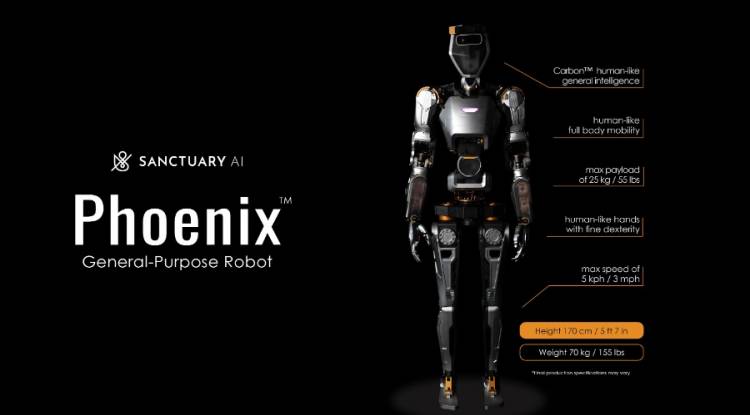
This development is described as a significant advance in humanoid robot technology. By using hydraulic technology in Phoenix's design, Sanctuary AI offers an effective solution in terms of precision, speed and power. However, this technology also brings some challenges. R&D and maintenance costs are increasing, hydraulic systems can leak, and Phoenix's movements can take time to learn and develop.
Suzanne Gildert, the company's co-founder and CTO, states that Phoenix's capabilities will rapidly increase over time. These developments provide a promising example for the future of humanoid robot technology.



